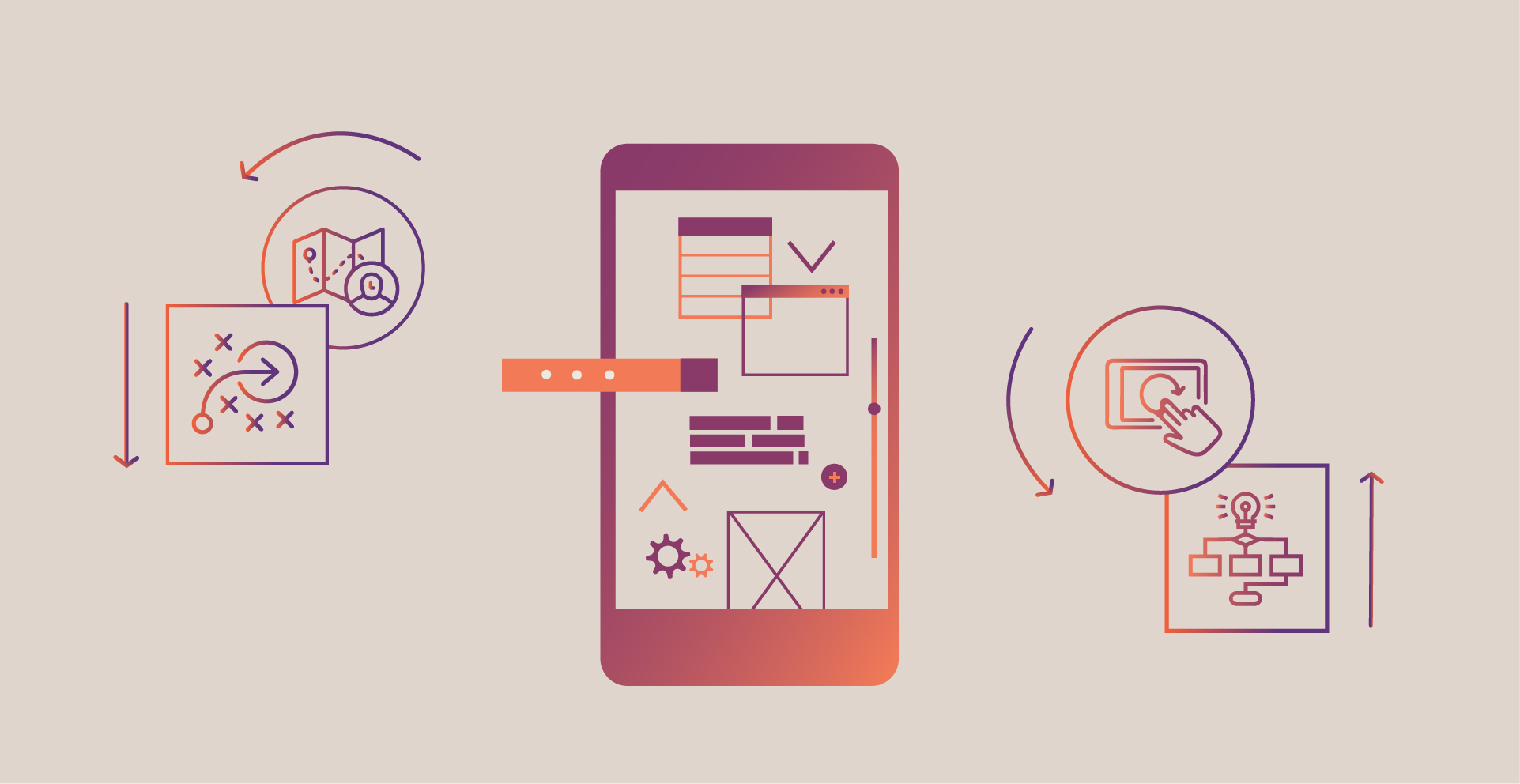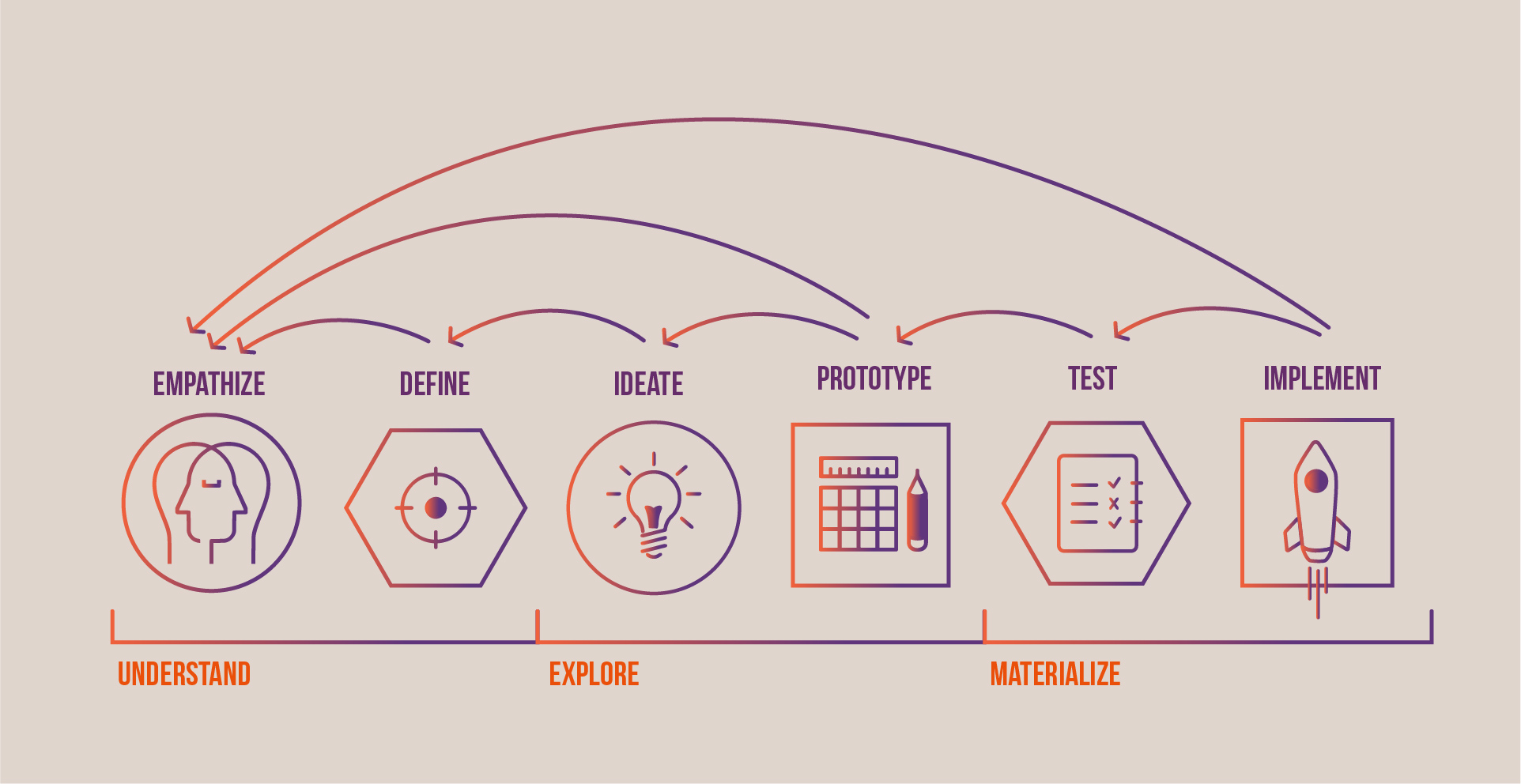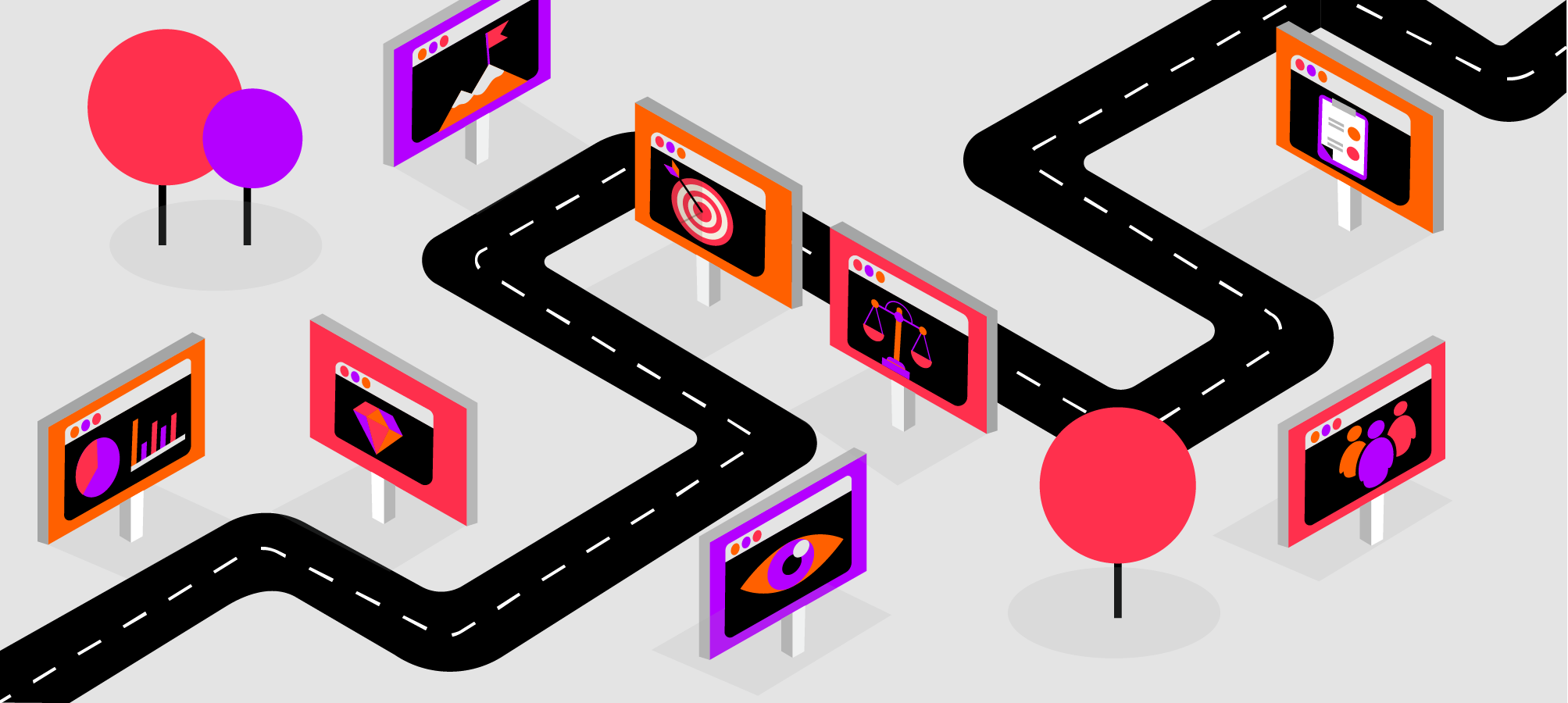UX Strategy: What is it and do you really need one?

There’s been a considerable discussion lately about UX strategy, what it implies, and whether or not companies even need one. In its basic form, a strategy is a high level plan of action for achieving particular goals and objectives over a set period of time.
In terms of UX design, especially for companies working on innovative digital products, strategy is a way to describe how they’re going to effectively combine business goals and user needs to design successful products that bring tangible ROI.
Since UX design has now become a business differentiator, it should have a seat at the leadership table. And it cannot get there without being strategic and having a clear roadmap to achieving this differentiation.
Ideally, UX strategy needs to be visible to the entire organization, it needs to stand out like a lighthouse guiding product design towards success and away from common usability mistakes that could eventually kill any new product.
The key here is to define what success will look like, e.g. set specific UX metrics and measure success against them. Some teams will focus on metrics that evaluate the success of a product, with usability metrics being an indispensable part of that equation, while others will focus on the success of the project.
In any case, the end goal is to solve business problems through design while fulfilling user needs. To achieve this, a product needs to be carefully planned, researched, built and validated and a UX strategy takes all these areas into account.
Defining Your UX Strategy in 5 Steps
User Experience strategy looks at the key business drivers and then answers the important questions, like what’s possible, what are the priorities, resources, and budget. It also documents who needs to be involved and when.
If you’re not sure where to start, follow these five steps to put your UX strategy together.
- Define business KPIs, goals and objectives
- Align your UX strategy with business goals and then determine what you want your product to be. Key questions here are a) how is it going to solve for specific business goal and b) how is it going to bring value to the end user.
- Define and prioritize actions and initiatives and create a product roadmap.
- Determine who needs to be involved and document it to secure commitment. This is especially important with projects that involve cross-functional teams.
- Set the budget and the deadline.
How does UX strategy look like in the real world?
Different companies will approach UX strategy differently, so there is no “one-size-fits-all” solution. We should always go with what works best for our business, and for our users.
For example, companies that don’t have an overreaching User Experience design practice, taking into account the experience across all digital touchpoints, would typically have an ad hoc or a project-specific plan defining what business goal a company wants to solve for and then design a product around that. This model is often found in digital product agencies that need to translate their client’s requirements into UX design that will shape a profitable product.
The other example is a design-led company where a documented UX strategy guides all design and product decisions across all projects and touchpoints. This type of organization has a plan for creating products and their practice relies heavily on user feedback, testing, and continuous iteration. They have a culture focused on customer experience and they measure success through metrics showing user behavior and user interaction with the product.
Developing such strategy takes time and effort, and requires commitment from cross-functional teams including IT, product, design, and marketing since the goal is to create a coherent whole out of separate interfaces/user touchpoints.
In some cases, a small design team can be equally effective at constructing a strategy and ingraining business goals into the UX design planning process. In fact, this is how our team at Koncept works. We like to think that UX strategy is about the bigger picture, but we also like to make it simple so that everyone on the team understands it and makes things happen.
Our CxO looks at UX strategy from a practical rather than philosophical standpoint, he sees it as a “UX process tailored to a specific product and incorporated into the business for continuous validation, insight, and improvement of the product during its entire lifetime.”
In an essence, we’re all about Design Thinking, so for us, everything we do is about meeting end user’s needs in a way that drives business growth. This is evident in our approach to users, how we prototype and user test products.
Design Thinking as a Strategy
We use the Design Thinking process to solve real problems and find the best possible solutions for our clients.
Stanford d.School’s six-step process looks something like this:

We focus a lot on prototyping and testing. Why? Because user testing on interactive prototypes saves us a lot of development time and money in the long run. It helps us avoid costly usability mistakes.
This process comes together in a UX strategy where we follow the above steps to create an experience that achieves certain business goals and we plan those strategies through analysis and market, competitor and user research. Out of the research comes a set of specific design criteria that are documented as part of the strategy to create product differentiation.
In a way, we don’t have a single UX strategy for multiple products. A lot of our process is evolving over time based on the shifting user expectations.
In summary, a strategy keeps the UX team from wondering and provides them with a mapped journey that they need to take in order to deliver better-designed user experiences in their digital products.


